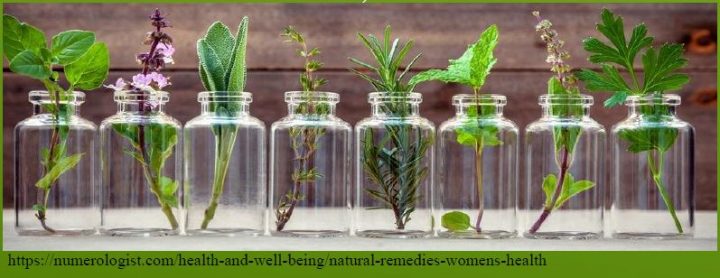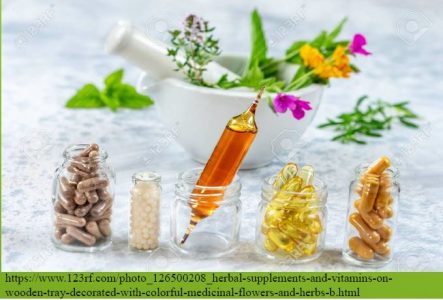Purpose:
The purpose of our research is to make a structured guide to provide information on commonly used herbs, what they are used for, their side effects, contraindications, and what the dental hygienist needs to consider when providing care for clients using or considering the use of these products.
Learning Outcomes:
With the growing use of homeopathic medicine as an alternative or adjunct to conventional medicine, there may be increased instances of adverse and drug reactions that may lead to hospitalization. Especially since dental procedures such as administration of local anesthetic can directly interfere with certain supplements, herbs, and pharmaceutical medicines. Clients may not inform their health care provider they are using herbal medicine as they may not realize interactions exist. It is crucial as a health care provider to recognize the associated signs and symptoms and ask the right questions about the use of herbal medicines in order to reduce harm and educate clients.
Popular Herbs Studied:
- Calcium
- Cinnamon
- Echinacea
- Feverfew
- Garlic
- Ginger
- Ginkgo Biloba
- Ginseng
- Holy Basil
- Lavender
- Licorice root
- Magnesium
- Multivitamin
- Oil of cloves
- Oil pulling
- Oregano
- Saw Palmetto
- St. John’s Wort
- Tea tree oil
- Turmeric
- Valerian root
- Vitamin C
- Vitamin D

Results:
Through various studies conducted on herbal medicines, there have been many proven adverse reactions and drug interactions that may occur from their use. Potential adverse reactions: inflammation of oral tissues, loss of taste, dry mouth, hypersensitivity reactions, nausea, vomiting, diarrhea, headaches, hypotension, hypoglycemia, dizziness, fatigue, syncope, anxiety, increased blood pressure, constricted pupils, tachycardia, breathing problems, decreased clotting, coma, and death. Certain herbal medicines may interact with various prescription and over the counter medications as well as local anesthesia.

References: Abad, M. J., Bedoya, L. M., Bermejo, P. (2010). An Update on Drug Interactions with the HerbalMedicine Ginkgo biloba. Current Drug Metabolism, 11(2). DOI : 10.2174/138920010791110818. Alexander, L. M. (2014). Natural therapies for the mouth. Dental Herbalism. Rochester, Vermont. Healing Arts Press. Awortwe, C., Bruckmueller, H., Cascorbi, I. (2019). Interaction of herbal products with prescribed medications: a systematic review and meta-analysis. Pharmacological Research, 141, 397-408. 10.1016/j.phrs.2019.01.028. Cupp, Melanie Johns, Pharm. D. (1999). Herbal Remedies: Adverse Effects and Drug Interactions. Am Fam Physician. 59(5),1239-1244. Retrieved from: https://www.aafp.org/afp/1999/0301/p1239.html. Ernst, E. (2009). Interactions between herbal medicines and prescribed drugs: an updated systematic review. Drugs, 69(13), 1777-1798. Retrieved from: http://dx.doi.org/10.2165 /11317010 -000000000-00000. Prousky, J.E. (2012). Herbs, supplements, and prescription drugs: combine them safely. Alive:Canada's Natural Health & Wellness Magazine. Skidmore-Roth, L. (2010). St. john’s wort. Herbs and Natural Supplements, 4 edition, 579-581.


